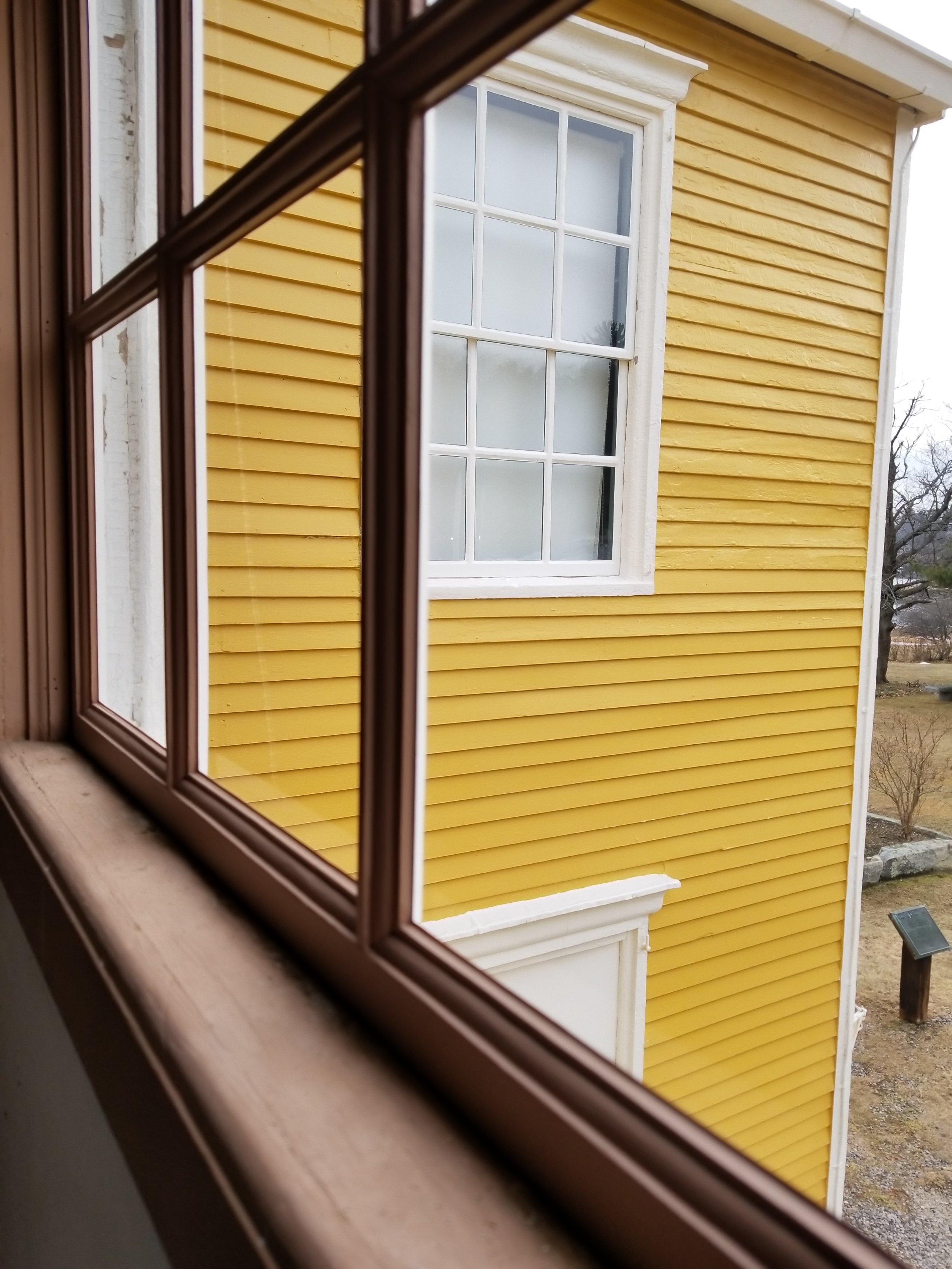2019 Preservation Achievement Award: Wentworth-Coolidge Mansion
The Wentworth-Coolidge Mansion in Portsmouth, shown above during the 2019 Lilac Festival, was built between 1695 and 1750 and was donated to the State of New Hampshire in 1954. The Wentworth-Coolidge Commission was created in 1982 to assist with its maintenance and preservation. In recent years, the commission and various state departments have worked together to successfully restore, rehabilitate and steward the 40-room mansion. (Photo courtesy of the Wentworth-Coolidge Commission.)
With partners: Studio TKM and Winn Mountain Restorations, LLC.
This award recognizes a multi-year collaboration between the non-profit Wentworth Coolidge Commission and the State of New Hampshire to tackle significant preservation projects together at the Wentworth-Coolidge Mansion in Portsmouth.
The 40-room mansion was constructed between 1695 and 1750 and served as the residence of royal governor Benning Wentworth. The mansion and grounds on Little Harbor served as the epicenter of Portsmouth’s social and political spheres through much of the 18th century. Governor Wentworth today is best known for his granting of many charters of towns in New Hampshire and Vermont, and for marrying his housekeeper who was forty-one years his junior. In 1883, the mansion was purchased by the Coolidge Family and became a summer retreat for Boston artists.
In 1954, the Coolidge Family donated the mansion to the State of New Hampshire, and what is considered the only extant Royal Governor’s mansion in North America became a state park. To assist with maintenance and preservation initiatives, the Wentworth-Coolidge Commission was created in 1982.
Together, these entities have made great strides on the historic mansion and set a new standard for matching private monies with public support. Recent work includes completing a major window restoration project on sashes that receive more than their fair share of exposure to the elements; replacing the iconic red cedar shake roof; addressing foundation issues; restoring interior furnishings and reproducing period wallpaper; and tending to the site’s equally historic purple lilacs.
This site was home to North America’s first lilacs in 1750, and since 2010, the Commission has worked to eradicate damaging fungal growth, create a lilac nursery, and plant new lilacs around the property.





